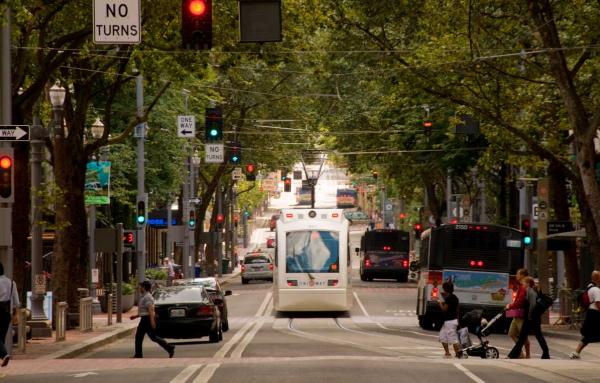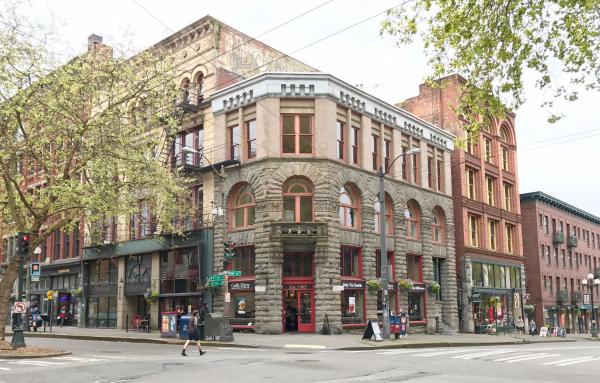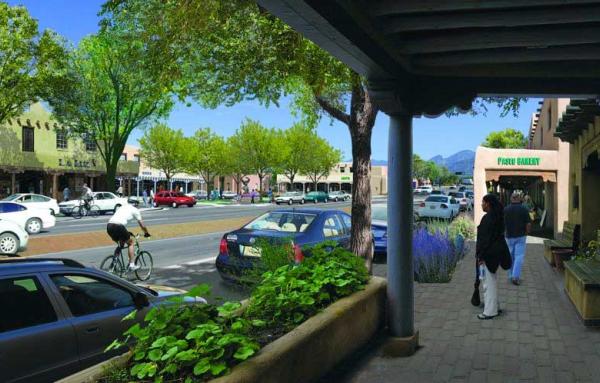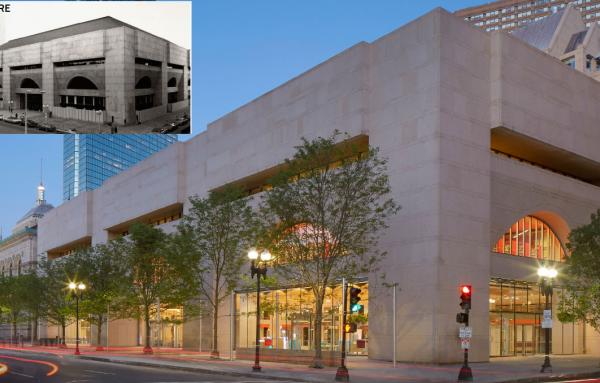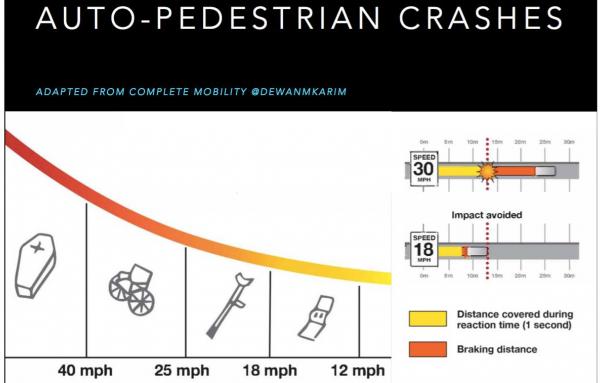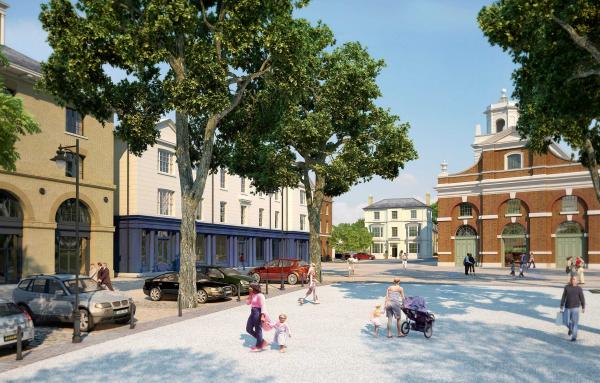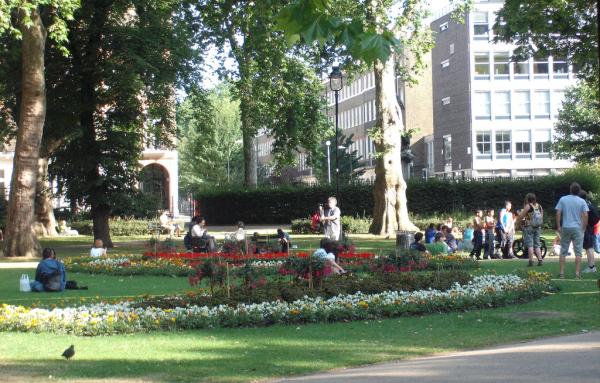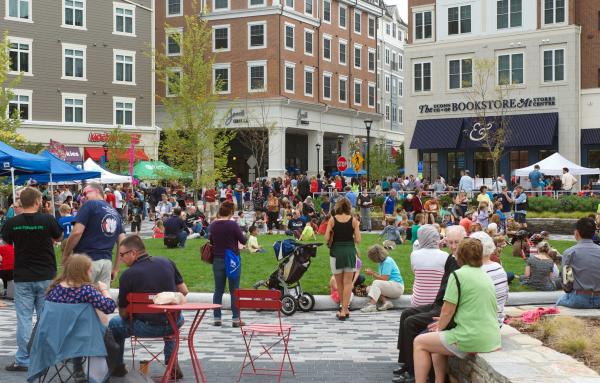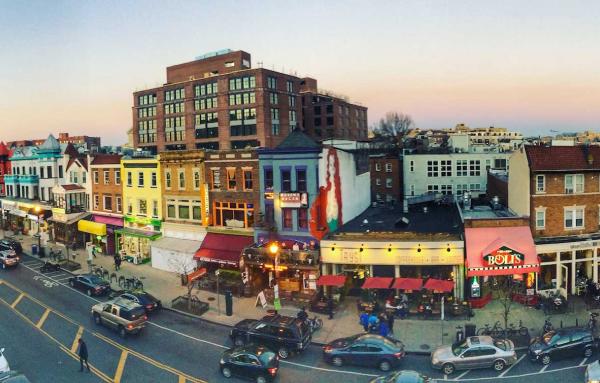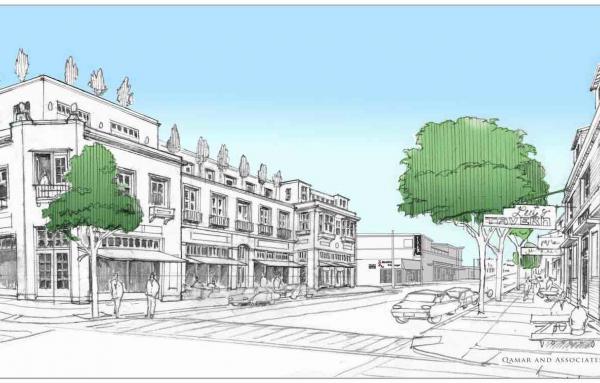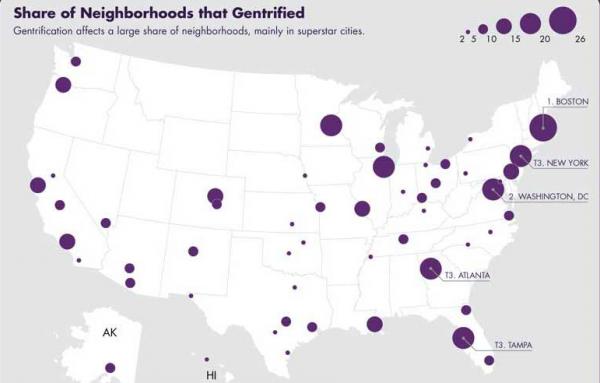RECENT ARTICLES – 2017
For National Infrastructure Week, here are priorities that meet transportation, economic, and livability needs.
Fourteen hundred top land-use professionals, public officials, and citizens gathered in Seattle last week to discuss the future of cities.
New urban codes have allowed cities and towns to code for complete neighborhoods and public spaces as shared-use places.
Many winners this year show how history and old buildings lead to richer neighborhoods and communities.
The ground-up movement which helped defeat urban decay in the 1980s is just as relevant now our cities face the opposite problem.
If our approach to environmentalism should be "new," so too should our approach to urbanism.
The market is much more receptive to the benefits of mixed-use today, but it is still easier to talk about main street retail than to effectively build it.
The goal of CNU's Project for Code Reform is to bring coding innovations to 42,000 units of local government to enable complete communities.
A set of principles that are clear and generative provide a solid foundation for the New Urbanism. Those principles have withstood the test of time and empirical research, and they can be implemented in countless ways.
Grass-roots revitalization is taking place in many American cities, an antidote to the "winner takes all urbanism" described in The New Urban Crisis.
